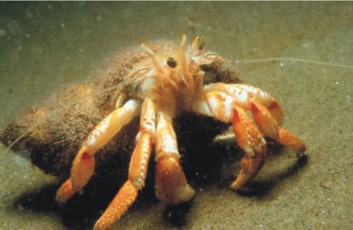A key task of the MarBEF Network is the integration of different resources related to marine biodiversity. The inventory of these resources can be found on this website. At the moment, this relational database includes information on different European marine biodiversity research sites and European marine biodiversity datasets. The European Register of Marine Species, ERMS and the European node of the Ocean Biogeographic Information System, EurOBIS is also accessible through this website. The terms of use of data are formulated in the MarBEF data policy.
European Marine Biodiversity Research Sites
European Marine Biodiversity Datasets
As part of the BIOMARE project an inventory of existing biodiversity monitoring datasets was made. The information includes meta-information about the location, the sampling strategy, parameters, where the information is held and who the contact person or institute is. These biodiversity datasets are recovered from the BIOMARE project and act as a start of the dataset inventory within the MarBEF project. The information on the datasets can be consulted through a search engine.
Additionally you can submit your biogeographic datasets by filling in an online form. The meta-information you can submit includes information about the ownership, references, geographic, taxonomic and temporal cover of the dataset.
The online questionnaire has deliberately been kept to the minimum number of fields, to encourage as many responses as possible. Any extra information that might be useful is of course very welcome.
European Register of Marine Species (ERMS)

|

|

|
The European Register of Marine Species, ERMS acts as a species list for European marine waters. The initial EU project started in April 1998 and the species list will now be revised, in the framework of the MarBEF EU Network of Excellence. It is anticipated that the Register will become a standard reference (and technological tool) for marine
|
|
biodiversity training, research and management in Europe. People interested, especially those with expertise in marine taxa, are invited to contact the co-ordinator or other participants to get on the project circulation list.
|
European Ocean Biogeographic Information System (EurOBIS)
|
Within the MarBEF network EurOBIS, the European regional node of the Ocean Biogeographic Information System is developed. This distributed system to present biogeographic information will integrate individual datasets on marine organisms into one large consolidated database, and can therefore provide a better understanding of long-term, large-scale patterns in European marine waters.
|
| Through collaboration with OBIS the scientific community will have rapid free access to data on marine species distributions, and ocean environmental data and will be able to study patterns across the North Atlantic for example, or compare spatial and temporal patterns between east and west Atlantic.
|

|
|